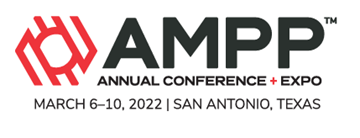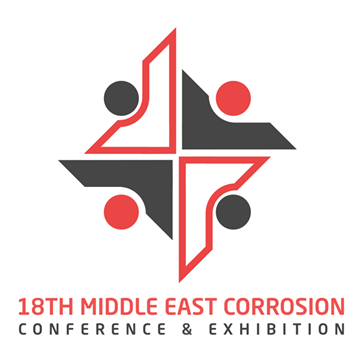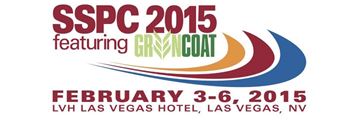Search
Conference Papers
View as
Sort by
Display
per page
The Performance Of HPHT Corrosion Inhibitor At Offshore Downhole Sour Conditions
Product Number:
51322-17752-SG
Publication Date:
2022
$20.00
The Performance of Phenolic Epoxy Coating after Thermal Exposure for Corrosion Protection in Marine Environments
Product Number:
51323-19046-SG
Publication Date:
2023
$20.00
The Performance of Waterborne Acrylic Coatings in an Accelerated Testing Protocol
Product Number:
41206-226-SG
Publication Date:
2006
$20.00
The Performance Study of High-Temperature, High-Pressure (HTHP) Corrosion Inhibitors at Sour Conditions
Product Number:
MECC23-20051-SG
Publication Date:
2023
$20.00
The Performance Tests of HPHT Corrosion Inhibitor at Onshore Downhole Sour Conditions
Product Number:
51323-19242-SG
Publication Date:
2023
$20.00
The Pitting Behavior of Austenitic and Duplex Stainless Steels Under SO2 Environments with Cl- And F
Product Number:
51317--9241-SG
ISBN:
9241 2017 CP
Publication Date:
2017
$20.00
The Problem with Meeting Dry Film Thickness Specifications
Product Number:
41215-892-SG
Publication Date:
2015
$20.00
The Quebec Bridge Collapse (1907): An Engineer’s Perspective to Avoid Catastrophic Failures
Product Number:
MPWT19-14244
Publication Date:
2019
$0.00
The Rebranding of a Safety Culture 2.0: Leadership and Accountability
Product Number:
51220-270-SG
Publication Date:
2020
$20.00
The Responsibility of the Third Party Inspector in Today’s Marine Environment
Product Number:
41208-433-SG
Publication Date:
2008
$20.00














